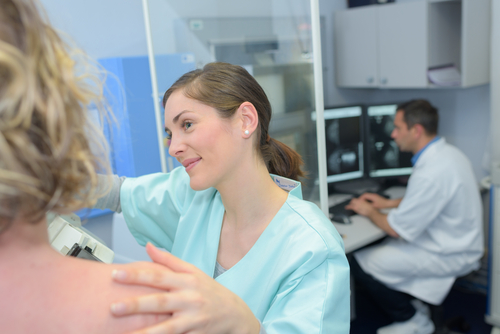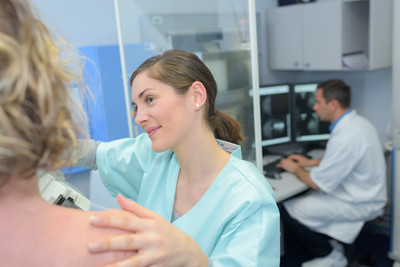9 Different Types of Biopsies You Need To Know
Numbskin on 2018 Dec 18th
When your doctor recommends you a biopsy, you are likely to be stressed out. Of course, the removal of tissue isn’t going to be an easy thing. But it is really important to examine a disease.
May be there is any unfavorable skin growth or you have suspected some skin discolorations. The reasons why your doctor advised you for this can vary. All you need to understand is that this process is important. Determining the nature of the lesion can prevent you from a more serious life-threatening skin condition.

What are the Different Types of Biopsies?
Referred to the collection of cells or tissues, biopsy includes extraction of a sample taken from the skin. This would be further used to examine and identify extent of a disease. Here is a list of 9 biopsies your doctor might advise:
1. Bone Marrow Biopsy: Having too low or too high levels of platelets? A rapid increase or decrease found in quantity of white or red blood cells? You need a bone marrow biopsy. Basically, a small sample of the bone marrow will be extracted using a needle.
2. Endometrial Biopsy: When the uterine lining tissue sample is required, a tube will be inserted into the uterus. So this biopsy helps examining some abnormal or cancer cells.
3. Colposcopy-directed Biopsy: For examination of the vagina, cervix, and vulva a surgical instrument, colposcope, is used. And the biopsy is named as colposcopy-directed biopsy.
4. Endoscopic Biopsy: To gather samples from inners areas like bladder, colon, or lungs, this procedure is used. A flexible tube will be inserted through an orifice like mouth or anus. In worst case, a small skin incision might be made. Later cutting tools are used and threaded to obtain the tissue sample.
5. Cardiac Biopsy: When a very small sample of your heart muscle is removed to evaluate the cause of cardiac myopathy, the procedure is cardiac biopsy. Even after a heart transplant doctors can advise you same.
6. Core Biopsy:It is not traumatic. Using a wider hollow needle, the tissue is removed and you will be asked to go home with just a band-aid.
7. Lymph Node Biopsy: When the pathologist needs to detect cancer cells, they prefer this type. To view the tissue under a microscope all or part of a lymph node will be removed.
8. Punch Biopsy: Using a circular blade or trephine attached with a pencil-like handle, this type involves rotation of devise down through the epidermis and dermis. It is helpful in obtaining full-thickness skin specimens.
9. Needle Biopsy: This one makes use of a slender hypodermic needle. It is done in order to obtain a sample of cells from your body. And it will take out tissue or fluid samples from muscles, bones, etc.
Whatever type of biopsy you are undergoing, the process will be painful. In fact, you might feel pain or discomfort for a couple of hours. To eliminate pain factor you can switch to a topical anesthetic cream like NumbSkin. Being a lidocaine based numbing solution it is used to minimize the pain from different skin processes. And it can make biopsy painless too. When you apply it to the area to be treated, the cream will block the pain signals at the nerve endings. This desensitization works for three to four hours. Hence, you can skip off the discomfort easily now.








